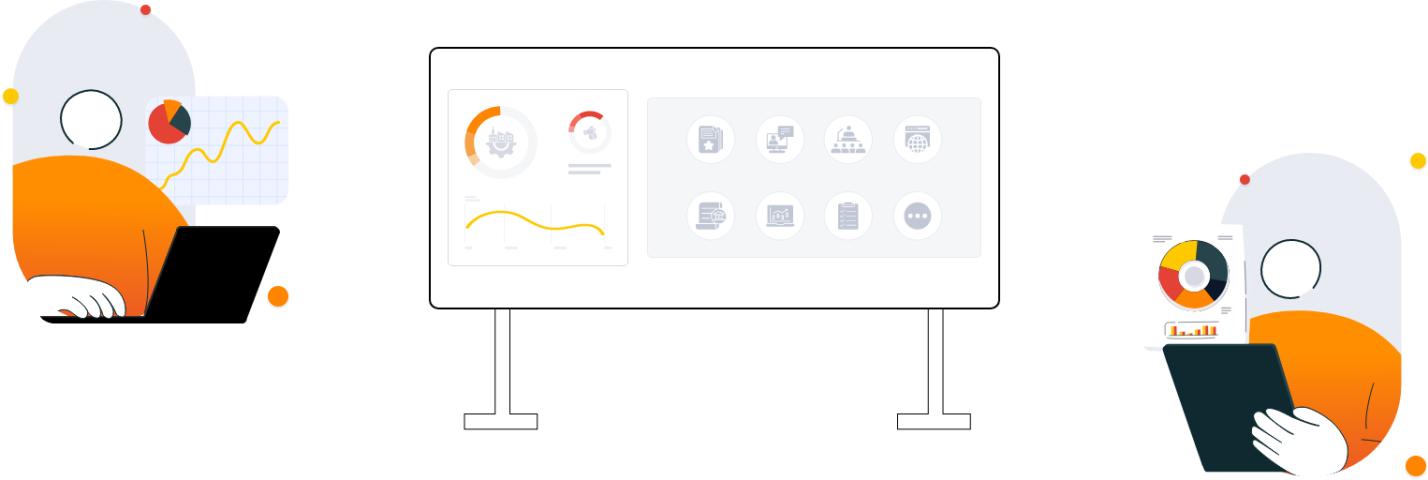On December 9, Google’s Quantum AI team unveiled Willow, a groundbreaking quantum computing chip that marks a significant milestone in the development of practical quantum computers. With 105 qubits, Willow showcases remarkable advancements, including the ability to reduce errors exponentially as more qubits are added—a critical step toward scaling up quantum technology. This development, known as achieving "below-threshold" error rates, is the result of nearly three decades of research into quantum error correction.
Google CEO Sundar Pichai described Willow as a critical step toward building quantum computers capable of solving complex, real-world problems. Applications such as advanced medical discovery, clean energy innovation, and improved battery technologies are now within sight. But this leap has also sparked concerns about the implications for blockchain technologies, particularly Bitcoin.
Could Quantum Computers Break Bitcoin?
The security of Bitcoin and other cryptocurrencies is rooted in encryption algorithms that would take classical computers millions of years to crack. However, quantum computers operate differently. By harnessing the principles of superposition and entanglement, they can process information exponentially faster, potentially cracking encryption in a fraction of the time.
For years, experts have warned that advances in quantum computing could pose a "quantum apocalypse" for the crypto world. A sufficiently powerful quantum computer might render today’s encryption protocols obsolete, enabling hackers to steal funds or manipulate blockchain networks.
Yet, experts emphasize that such fears are premature. Current estimates suggest a quantum computer would require approximately 13 million qubits to break Bitcoin’s encryption within 24 hours. Willow, with its 105 qubits, is an impressive step forward but remains far from this threshold. As Kevin Rose, a former Google product manager, noted, “We have a ways to go. Nonetheless, this is a remarkable leap forward in quantum computing.”
Preparing for a Quantum-Resistant Future
Although Bitcoin and other cryptocurrencies are safe for now, the advancements demonstrated by Willow serve as a wake-up call for the industry. Many blockchain projects are already exploring post-quantum cryptography—encryption algorithms designed to withstand quantum attacks. Ethereum co-founder Vitalik Buterin, for example, has proposed using hard forks to transition Ethereum to quantum-resistant protocols when the time comes. Such measures would ensure that users’ funds and data remain secure, even in a quantum-powered future.

The Broader Implications of Willow
Google's achievement also highlights the transformative potential of quantum computing beyond blockchain. Willow represents only the second milestone in Google’s six-stage quantum roadmap, demonstrating the field's infancy despite its rapid progress. As quantum computers become more powerful and error rates continue to decline, their applications in sectors like healthcare, logistics, and climate modeling could reshape industries and accelerate innovation.
At the same time, the development of quantum technology raises ethical and regulatory questions. Governments, tech companies, and the crypto community must collaborate to ensure that this technology is deployed responsibly. Developing quantum-resistant encryption protocols should be a top priority, not just for cryptocurrencies but also for broader digital infrastructure.
A Quantum-Powered Tomorrow
While Willow is not yet a threat to Bitcoin, its development signals a new era in computing. The crypto industry must prepare for a future where quantum computers are a reality, ensuring that blockchain technology remains robust against potential threats. Meanwhile, Google's breakthrough offers hope for solving some of humanity’s most pressing challenges, reminding us of the dual nature of technological progress—both its risks and its rewards.
As quantum computing advances, it will undoubtedly reshape industries, redefine possibilities, and challenge the status quo. The question is not if, but when, the world will need to adapt to this quantum-powered future.

















